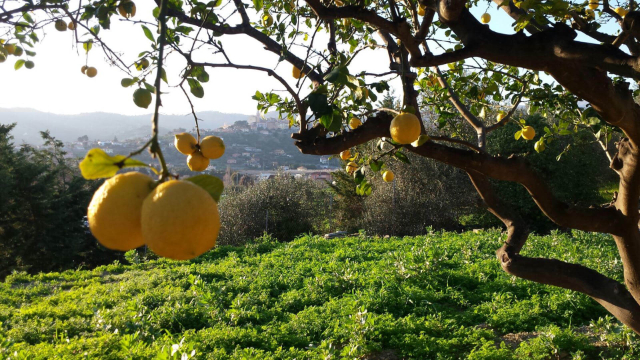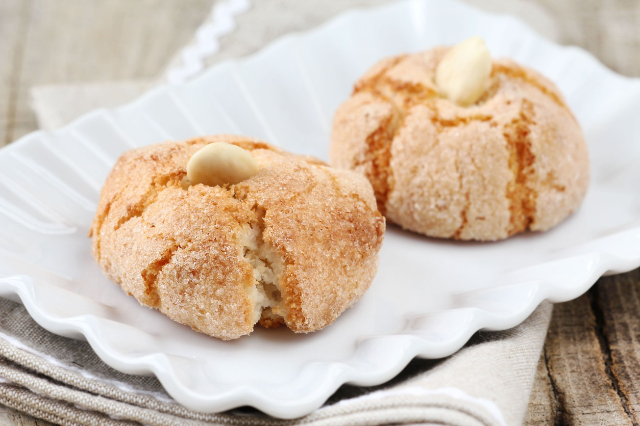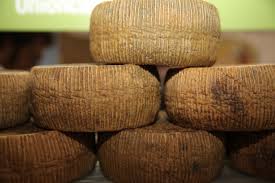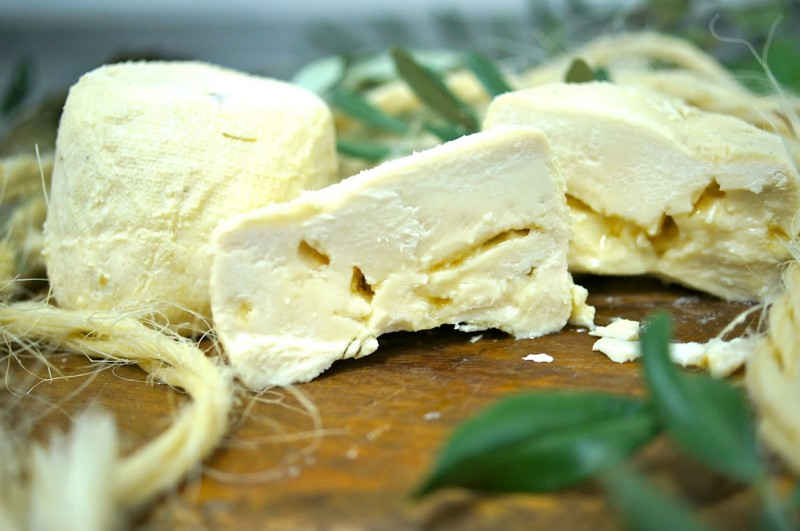In the valleys of Cuneo, the cultivation of chestnuts is an ancient tradition and is still accompanied by moments of celebration for the whole community, such as the Chestnut Fair, this year in its twentieth edition, but above all a re-edition of the event that in the thirties made Cuneo one of the most important market centers dedicated to chestnuts in Northern Italy. Cuneo is not only a land of chestnuts (the most famous are those of Chiusa Pesio), but also of truffles and hazelnuts, only you have to move a little more towards the Langhe and reach Alba. The production area of the Castagna Cuneo Igp (Cuneo Chestnut PGI) extends along about a hundred municipalities in the province; its characteristics are linked to the climatic conditions of the production area, between 200 and 1000 meters above sea level. Chestnuts can be boiled or roasted, used as an ingredient in refined desserts: mousses, soufflés, Bavarian creams and ice creams. Flour and dried chestnuts, on the other hand, can also be used in traditional dishes such as polenta, tagliatelle and gnocchi.
The IGP "Castagna Cuneo" includes the following varieties of chestnuts, referred to the species "Castanea Sativa": Ciapastra, Tenpuriva, Bracalla, Contessa, Pugnante, Sarvai d’Oca, Sarvai di Gurg, Sarvaschina, Siria, Rubiera, Marrubia, Gentile, Verdesca, Castagna della Madonna, Frattona, Gabbana, Rossastra, Crou, Garrone Rosso, Garrone Nero, Marrone di Chiusa Pesio, Spina Lunga.
Castagna di Cuneo (Cuneo chestnut) is the undisputed queen of the extensive recipe book of Cuneo cuisine and certifies the known traditionality of the chestnut tree in its areas of origin.
As well as being eaten fresh, chestnuts are used in numerous dishes of simple peasant tradition and in elaborate recipes.
Alongside boiled or roasted chestnuts, with "mundaj" – a chocolate roll with chestnuts – a symbol of festivity and joy during celebrations, alongside "marron glacé", or used in savory recipes, with roast pork and venison.













